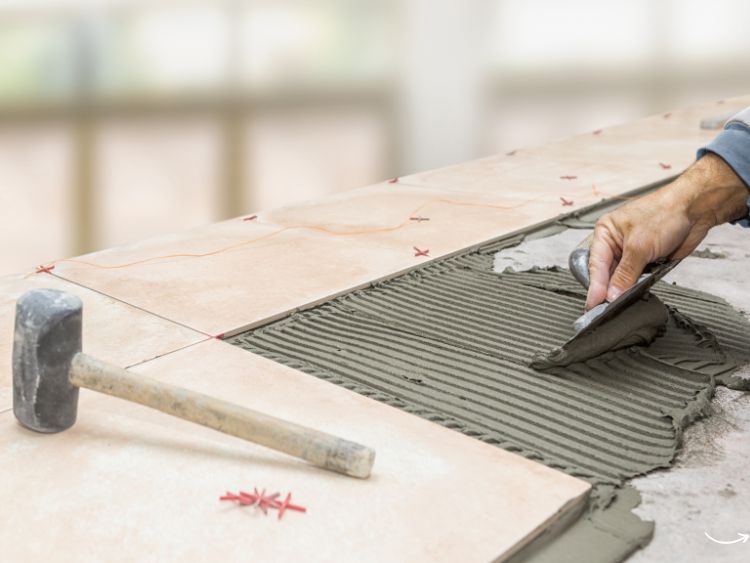Pruning Trees
Pruning is one of the most popular tree maintenance procedures. Natural forest trees can be grown in their own landscapes, but they require more care to preserve their aesthetics and structural integrity. It is important to understand the biology of trees before pruning. Pruning and removing trees improperly can cause lasting damage and even reduce its lifespan.
Many small trees and shrubs can be easily managed by you, including fruit trees. Learn more about pruning on our Tree Care Information Page.
Pruning or removing large trees can be dangerous because of the dangers involved in working at heights, using dangerous equipment, and large, heavy structures. Only a qualified, insured and certified arborist should undertake these activities to ensure your safety and protect your property.
A professional arborist can often offer advice on trees on your property. This could save you money and preserve the tree.
Many places may require that you obtain a permit to remove or prune trees. This is especially true if the tree has a large size or is a native species. For more information, contact your local council.
Each cut can have a significant impact on the tree’s growth, so it is important to give a reason for every branch you remove. Pruning is done to remove dead branches, improve form and reduce risk. Trees can also be pruned to improve light and air penetration into the crown of the tree or the surrounding landscape. Most mature trees are cut to correct or prevent problems. Routine thinning doesn’t necessarily mean a tree is healthier.
When to prune
Routine pruning, which is done to remove dead or diseased limbs, can be done at any time throughout the year. It has little impact on the tree. The spring growth flush is the best time to prune. This will ensure that growth and wound closure are maximized.
Tree diseases such as those that are spread by pruning wounds can be spread. Active disease transmission should be avoided when trees that are susceptible to diseases should not been pruned.
Pruning Techniques
You may need to prune a tree in order to keep it healthy, safe, and attractive.
Cleaning refers to the removal of dying, diseased and weakly attached branches from the crown of trees.
To improve the structure of a tree and increase light penetration through its crown, selective branch removal is called thinning. Proper thinning helps open the leaves of trees, reduces the weight on heavy branches and preserves the tree’s natural form.
Raising is the act of removing lower branches from trees to make it easier for pedestrians, buildings, and vehicles to see.
A reduction is a reduction in the size of a tree. This is often done to control utility line vegetation. The best way to reduce a tree’s height or spread is to prune back its leaders and branch terminals. Secondary branches should be large enough to take the terminal roles (at minimum one-third of the stem). Proper and careful reduction will help preserve the tree’s form and structural integrity.
Pruning Young Trees
Proper pruning is crucial for a tree to develop a strong structure. When trees are young, they will need less pruning when they get older.
When the tree is young, it should have a good structure of primary branch structures. These branches are called scaffold branches and they form the tree’s framework. Young trees that are properly trained will have a stronger structure and require less pruning when they get older. Most young trees have one dominant leader that grows upward. Don’t cut back the leader’s tip or allow secondary branches grow up to the top.
Pruning Palms
Pruning palms is mostly used to remove dying or dying fronds and/or fruiting clusters. This is especially important for those palms that could pose a risk to the public like coconuts. Pruning should be done at least twice a year. To reduce injury and damage caused by heavy fruit falling, coconuts can be pruned every 3-4 month. When removing fronds from a palm, it is important to take care not to damage the terminal bud or trunk.
The palm is healthier if the green fronds are not removed. Overpruned palms can have slower growth and attract pests. To prune palms, do not use climbing spikes. They can damage the trunk.
Do not topple trees!
Topping is the most dangerous tree pruning technique known. Despite the fact that there have been more than 25 years worth of literature and seminars describing its dangers, topping is still a widespread practice.
Topping refers to the deliberate cutting of tree branches to stubs, or to lateral branches not large enough for the terminal role. Topping can also be called ‘heading, tipping, and ’rounding over’.
Alternatives to Topping
Sometimes, a tree may need to be cut down in height or spread. This is often necessary for utility line clearance. These are some of the best ways to do it. You should trim small branches back to the point of origin. A larger limb should be cut back to its point of origin. This technique of branch reduction preserves the natural form of the tree.


